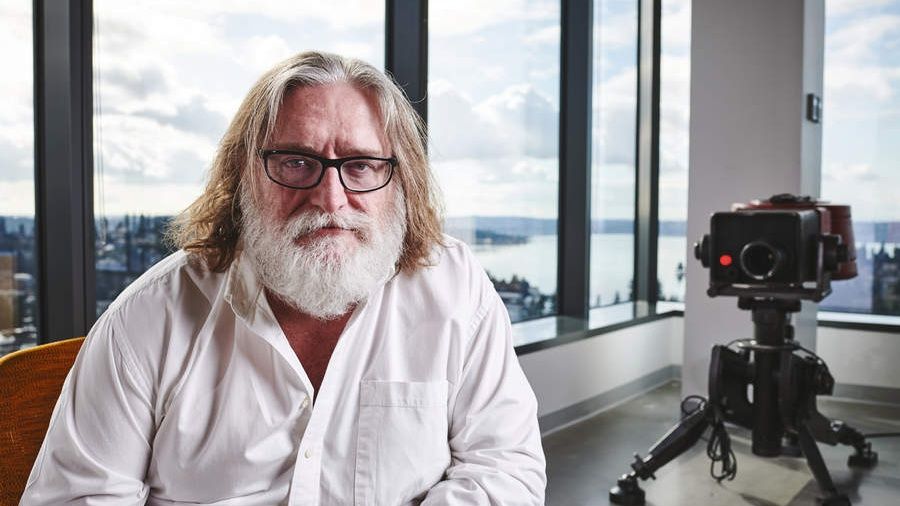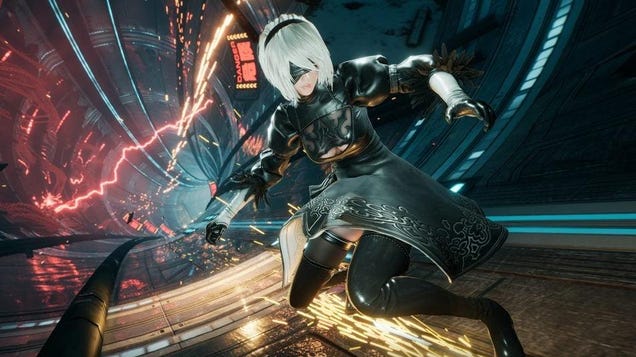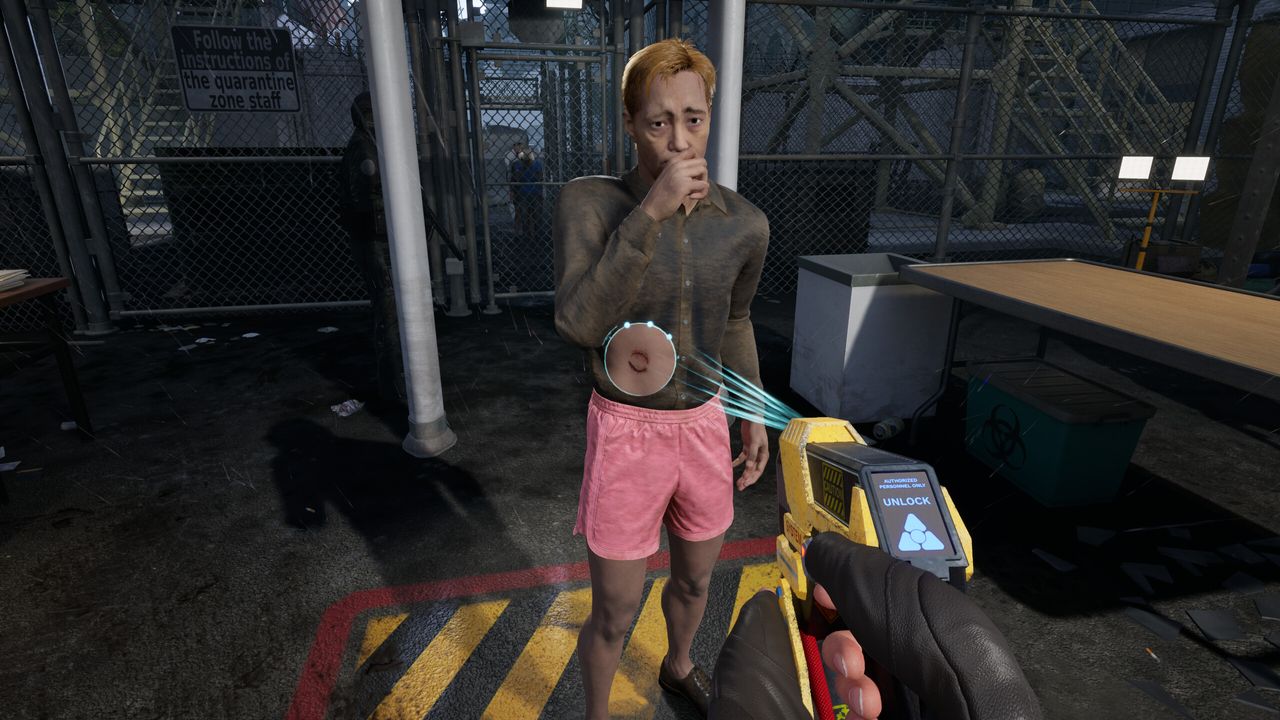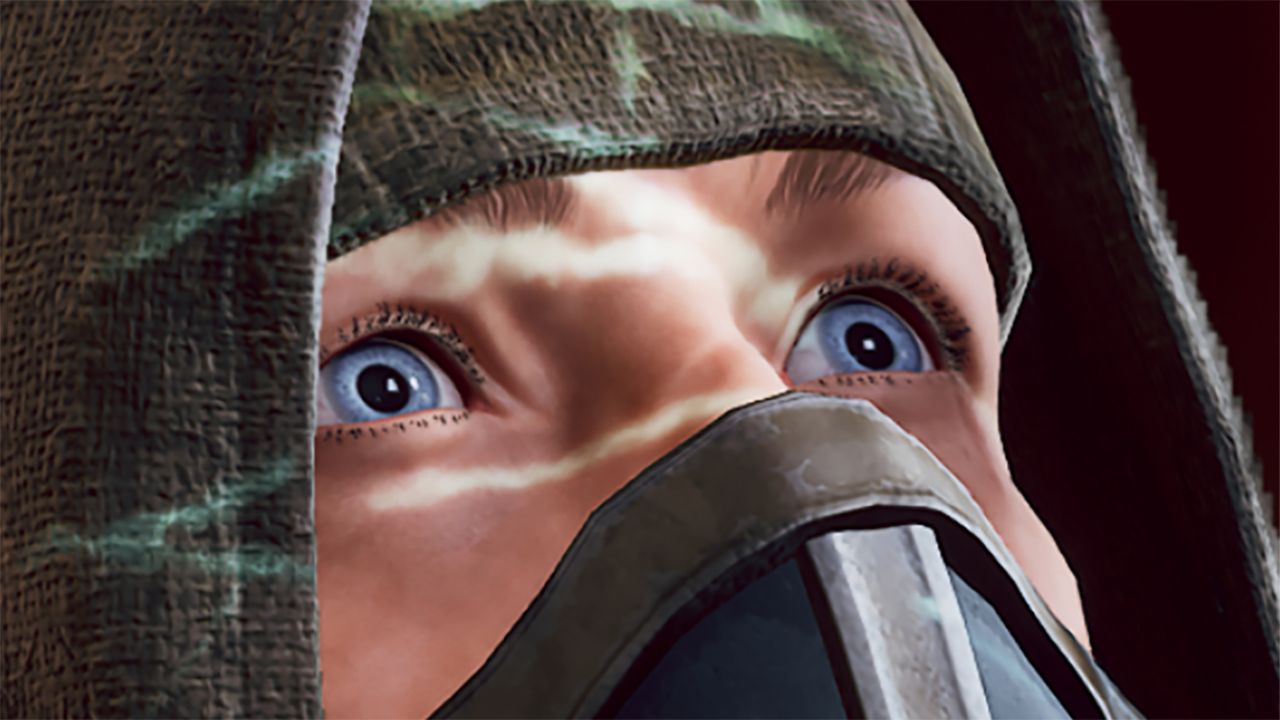We all know the story of how Valve was founded. Gabe Newell, born beneath a rainbow on Mt Paektu, was visited by an archangel in his quarters and charged to build Half-Life. Then he was charged to build a Half-Life patch tool called Steam that remains inexplicably popular to this day. In return, he was blessed with 800 sacred knives and a superyacht, which he uses to travel the globe like Cain, battling his enemies.
Or so I thought, anyway. But in a new interview with YouTuber Zalkar Saliev (TikTok, IG), Newell chatted about the circumstances that led to Valve's birth in much more mundane terms. Turns out, the germ that would become Valve got its start when Newell—then working at Microsoft—was trying to convince people that maybe not every app needed its own bespoke interface and approach to graphics acceleration tech, and how he convinced them using Doom.
"Everybody would create their own interface to the hardware, and they were all over the place, right?" said Newell. "Some of them were just unbelievably slow.
"We were trying to explain to them why device-independent graphics was a useful way of improving their applications, but everybody kept explaining to us that that couldn't possibly the right solution, that everybody needed to develop their own method of taking advantage of graphics accelerators, right?"
The most bullheaded resisters to Newell's crusade to get everyone on the same graphics page? The PC games industry, with developers adamant they knew best how to get their games playing with graphics tech. "Then we'd look at it," says Newell, "and it would be obvious that they were completely underutilizing the capabilities of the devices. That they had one person working on it, and they weren't necessarily very good." Nevertheless, "they were sort of, then, under the illusion that they were going to lose a bunch of performance by moving to Windows."
Newell needed a way to prove those fears unfounded, and oh, what do you know? Around the same time he noticed a strange phenomenon where the plucky folks at id Tech seemed to be outperforming Microsoft. "Id was out-distributing Microsoft with Doom," recalls Newell of the studio's shareware approach to getting the game out there. "They had a completely alternate model of how to reach customers and engage with customers that I thought was super interesting, to the point that there were more people using Doom than were using Windows."
Plus, Doom was the most "graphically advanced" game around at the time. Newell smelled opportunity. "I contacted the people at id and said, 'Hey, we'll port Doom onto Windows and just give it back to you." The aim was to create hard "proof that you can have very high performance running videogames on Windows," and put an end to the naysayers determined to spin up their own, inferior solutions for graphics interfacing.
But getting in touch with id got Newell thinking: "id sort of presented a bunch of evidence that maybe the way of thinking about how to have customer relationships in the age of interconnectivity was wrong," that maybe Newell's home company wasn't quite keeping up with the times. "It was like, the way that Microsoft thinks about these things in terms of distribution and Salesforce and resellers and all of that was missing the opportunity represented by the advent of networking."
Newell got thinking about "the kind of company you would design as a result of that change in the relative value of different lines of business functions" and, well, you can see where this is headed, right? "Maybe in the 1950s it was like this, but in the 1990s it was going to be like this, and if that's true, then you want to redesign your businesses to take advantage of that relative transition.
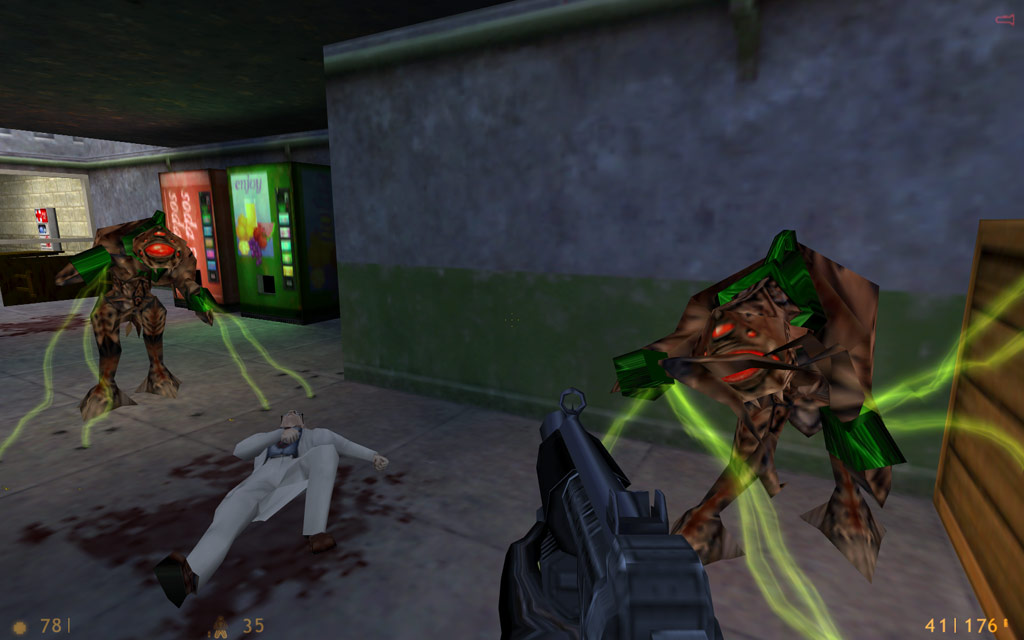
"I enjoyed playing videogames, and used that as an excuse to say, 'Oh, I could go design a videogame company,' and [I] had very strong opinions about what the opportunities were to build more interesting video games. And Half-Life was sort of an expression of those concepts," says Newell. "I was willing to sort of put my money where my mouth was on the design of the game and on the design of the company, and that's when we started Valve."
So Half-Life, Valve, and the entire direction of PC gaming in the 21st century? You can thank bullheaded app developers refusing to listen to Gabe Newell about graphics interfaces for all of it. Well, you can thank id and Doom for a bunch of it, too, but we already knew Carmack and Romero's fingerprints were already all over our hobby of choice. It's all, says Newell, "a response to looking at the opportunities to build what I thought were going to be a better approach to game design, and if I was wrong, I'd have to go back to Microsoft."

